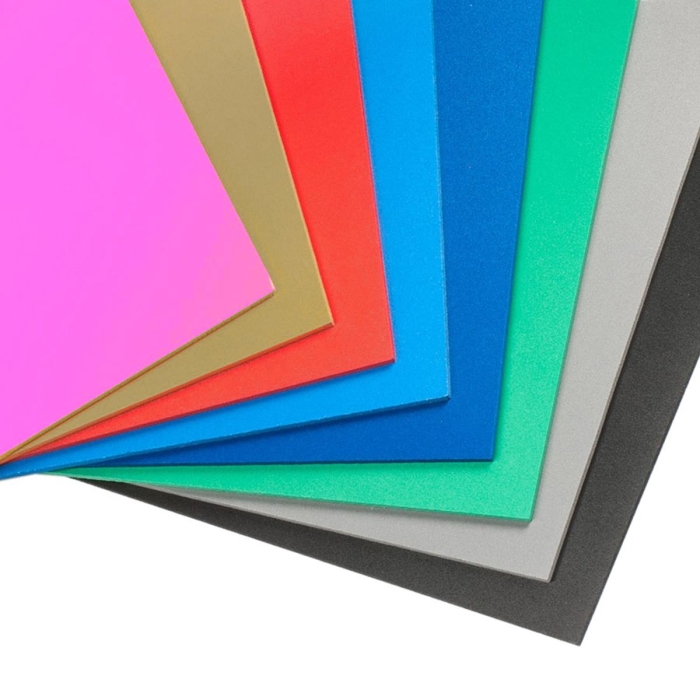Aortha EVA Foam Sheets - A25 - Low Density - Super Soft - 1000 x 1000mm
Low density high quality EVA foam sheeting. Shore A25.
Product Description
Aortha Low Density EVA:
Low Density, extremely versatile high quality EVA [Ethylene Vinyl Acetate] foam sheeting is used throughout the Footcare, theatrical, marine and footwear trades for a variety of uses.
Aortha EVA sheets offer differing mixtures, hardness, designs, finishes, thickness, dimensions and colours.
Proven quality, used for orthotic linings, insole covers and prosthetic covers.
Sheet size: 1000 x 1000mm
Shore: A25. (Vibrant Blue & Neon Pink are Shore A30)
EVA Heating Guide:
Mouldable at between 120°C and 140°C depending on the sheet density, with an oven time of 2 minutes per mm. The ideal temperature for thermo-moulding Aortha EVA depends on the material thickness and hardness.
The standard principles would be:
1. Shore A25-A35 and 15mm EVA material: 100-130ºC temperature during 30 to 90 seconds exposure.
2. Shore A50 and 15mm EVA material: 110-140ºC temperature during 30 to 120 seconds exposure.
3. Shore A65 and 15mm EVA material: 120-150ºC temperature during 30 to 140 seconds exposure.
It is important to indicate the aforementioned conditions should be adjusted according to the following patterns:
•The thinner the material the lower the temperature or the exposure timing. The only effective way to determine heating times based on variable thickness and sheet size, is to test in stages based on the above guidelines.
• The heat source is also important; a direct infrared radiation will be much more aggressive than heating a piece with a circulating air system, meaning the temperature should be adjusted accordingly. Again, test in stages as per above.
• In general, EVA copolymers should not be extruded hotter than 200°C since degradation may occur.
• Degradation products include the elimination of acetic acid, which can account for a “vinegar” odour and corrosion of some materials.





